13 Days of Halloween with the Owl in the Rafters: Day 3
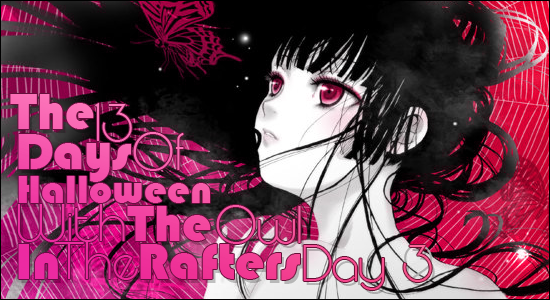
Welcome to Day 3! Today’s title? Jigoku Shoujo (Lit. “Hell Girl“) I’ll admit right off the bat that I feel like I’m taking a step backwards here in some ways. When it comes right down to it, going from the Vampire Hunter D movies to the Hell Girl anime is a definite drop in quality on most mechanical levels. The reason I bring up Hell Girl at all is that it does employ some degree of what I look for in principle horror theory. As I mentioned briefly on Day 1, the real core of Japanese horror is less about making the audience jump and more about creating anxiety. Hell Girl plays upon this central element, although I will admit, not terribly well.
The premise of the show is that according to an urban legend, somewhere within the magical depths of the internet exists a particular website, called the Hell Correspondence or in some translations “Hotline to Hell”, which can only be accessed at the stroke of midnight. On this site, a person can type in the name of a person they wish to have sent to hell, and if done correctly their wish will be granted. That’s that gist of it anyhow.
The specific details of this cursing business aren’t made clear in the rumors, but for those people who choose to evoke this magical website the cost of sending someone to hell are made quite clear. The site and all it’s spooky workings are maintained and acted out by a supernatural spirit, a girl named Enma Ai. (lit. “Love of Enma”. Enma, also known as Yama in Japanese, is the judge of the dead according to Buddhist faith) Enma Ai and her three yokai assistants; A honne-onna(lit. “bone woman”); a wanyuudou (lit. “wheel monk”), and Ichimoku Ren (lit. “One-eyed Link”) observe their various clients before offering them their chance at wishing damnation on someone.
 Other than offering a few extra hands and eyes to help out with the job, each of Enma Ai’s three assistants can become a wara-ningyo, a straw doll made in the likeness of a person, to help facilitate the curse. Traditionally these straw dolls would be used in Shinto ritual as a kind of scape goat to absolve a person his his/her sin. In grimmer occult lore the dolls can be nailed to a sacred tree in order to curse an associated person. In the case of Hell Girl, the dolls have a red string tied around the neck and are offered to the person wishing to send someone else to hell. Should the red string be removed by the client, the target will be sent directly to hell, but in exchange the client who sent them to hell will be branded with a mark and doomed to go to hell themselves upon their eventual natural death.
Other than offering a few extra hands and eyes to help out with the job, each of Enma Ai’s three assistants can become a wara-ningyo, a straw doll made in the likeness of a person, to help facilitate the curse. Traditionally these straw dolls would be used in Shinto ritual as a kind of scape goat to absolve a person his his/her sin. In grimmer occult lore the dolls can be nailed to a sacred tree in order to curse an associated person. In the case of Hell Girl, the dolls have a red string tied around the neck and are offered to the person wishing to send someone else to hell. Should the red string be removed by the client, the target will be sent directly to hell, but in exchange the client who sent them to hell will be branded with a mark and doomed to go to hell themselves upon their eventual natural death.
Every episode follows a distinct formula that holds up for most of each season: a new character with his/her own personal dilemma is introduced. The person in question tags a specific person in their life as the chief cause. The person then evokes Enma Ai. Enma Ai appears, explains the deal, and leaves them to mull it over. The person eventually gets pushed into a corner emotionally, and in their desperation enacts the deal to send the victim to hell. Enma Ai appears, torments the victim via hallucinations that usually try to be ironic (with varying degrees of success), and then finally Enma Ai ferries the victim to hell cross the River Sanzo, and the surviving character’s name is written onto a lit candle and placed with the candles of other contracted humans. The candles act sort of like an hourglass of death, counting down the time until the person they’re tied to dies and the candle goes out or melts.
This formula continues with very little variation for the better part of three different twenty-four episode seasons, (Jigoku Shoujo, Jigoku Shoujo: Futakomori, and Jigoku Shoujo: Mitsuganae) with each season taking their final three to five episodes to work in a finale centering more on Ai herself and a cast of human characters that last through the final multi-episode story of each season. The stories are not particularly scary and are played out as dramas more than outright horror, but then that’s really the appeal: to see the central character of the episode squirm and suffer under the pressure until finally they reach the point of desperation where they’re willing to condemn themselves if it means putting an end to their oppressor right then and there. On at least one occasion I can recall there was actually a clever twist where there wound up being two people with contracts and dolls at the same time, and in the end the main character of the episode got wished to hell by one of the background characters before getting to use his/her own doll on the intended target.
As I said however, this show does utilize some element of good horror. While the stories are aimed at a teen audience and have very little power behind them in ways of outright fear, the stories do play upon social anxieties and mistrust of other people in a kind of watered down psychological thriller sort of way. This perpetuation of the idea that everyone is out to get you is a simple notion that, when actually played out well, can be an invasive and uncontrollable delusion. This is of course the kind of idea that teens, geeks, and other social outcasts are especially susceptible to. So, while the show may not leave you feeling quite afraid or rattled, it may put you in a distinctly solitary or unfriendly mood at the very least, and paranoid or antisocial mood at its best.
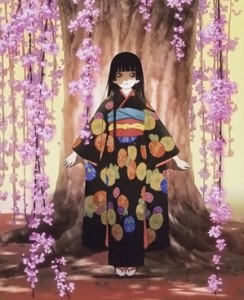 Story aside, the art itself is passable, with some decent looking stock footage that gets replayed every episode. The three assistants are actually quite boring by comparison, mostly drawn in some casual modern attire, but the design of Enma Ai herself is a very elegantly Japanese flavor of the macabre and her catchphrase “Ippen shinde miru?” (lit: “Once to see dying?” more reasonably read as something like, “Just once, would you like to see what dying is like?”) is actually a little spine chilling; something I credit to Iwata Sayuri’s vocal talent in the role. Speaking of audio, the soundtrack by Mizutani Hiromi is strangely well done.
Story aside, the art itself is passable, with some decent looking stock footage that gets replayed every episode. The three assistants are actually quite boring by comparison, mostly drawn in some casual modern attire, but the design of Enma Ai herself is a very elegantly Japanese flavor of the macabre and her catchphrase “Ippen shinde miru?” (lit: “Once to see dying?” more reasonably read as something like, “Just once, would you like to see what dying is like?”) is actually a little spine chilling; something I credit to Iwata Sayuri’s vocal talent in the role. Speaking of audio, the soundtrack by Mizutani Hiromi is strangely well done.
 I say “strangely” because given the quality of the original script, the fairly minimalist character design, and the over all art and animation quality of the series, the soundtrack may easily be out of the the league of everything else and for no real apparent reason. The soundtrack doesn’t actually enhance the story all that much, save for the theme song of Enma Ai’s repeating stock footage, but is all decent enough to merit listening to on its own, with a fantastic mix of calming acoustic tracks, some songs with use of traditional Japanese instruments, and some of the shows recognizable rock themes.
I say “strangely” because given the quality of the original script, the fairly minimalist character design, and the over all art and animation quality of the series, the soundtrack may easily be out of the the league of everything else and for no real apparent reason. The soundtrack doesn’t actually enhance the story all that much, save for the theme song of Enma Ai’s repeating stock footage, but is all decent enough to merit listening to on its own, with a fantastic mix of calming acoustic tracks, some songs with use of traditional Japanese instruments, and some of the shows recognizable rock themes.
I’ll restate that I felt this was an awkward step backwards from Vampire Hunter D, but admittedly the show is a fun concept and altogether not an awful product. I wouldn’t recommend this as something for a group of 20-somethings to watch together expecting to have a good time, but going into it understanding its target audience and viewing it through that lens will still provide an enjoyable experience for anyone. I might not recommend watching all three seasons front to back however, at the very least I would say the first two episodes of each of the three seasons plus the final four, five, and three episodes of each season respectively would be enough to capture the gist of everything. There was also a live action adaptation, though I confess I didn’t watch it, so I won’t really comment on it.
I apologize for the slow build up, but starting tomorrow we’ll hop right into the real meat of the horror genre and get to some genuinely disturbing titles that will hopefully tap into more of that genuine fear element that I assume you all have been looking for.



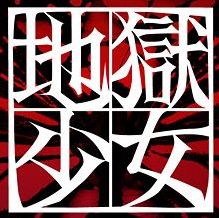


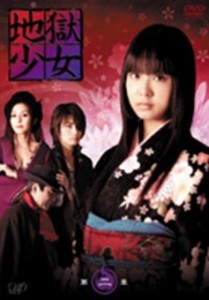
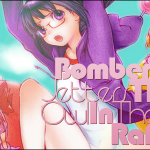

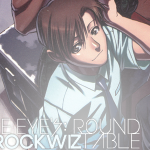




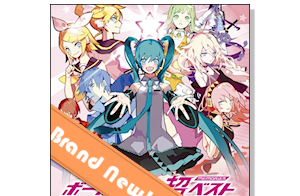





Nice article, everyone says I would enjoy this series. Might need to check it out.
The trick is not to go in with your expectations too high. It may not be huge but it is still popular and the fans tend to give it just a little bit more credit than it deserves. Great concept, fun show, but not a masterpiece by any stretch.
I actually quite liked what I saw of this series. I never got too far into it, but at least it had some pacing to it that wasn’t so… drawn out as Japanese horror can sometimes be (sometimes in a bad way, sometimes in a good way).